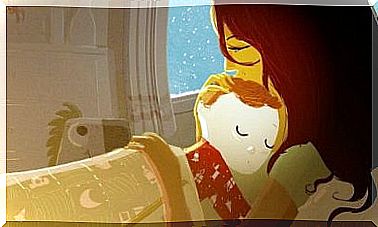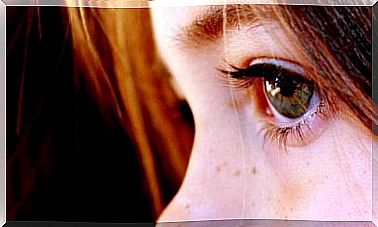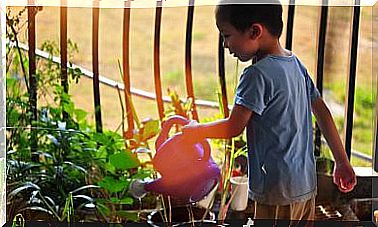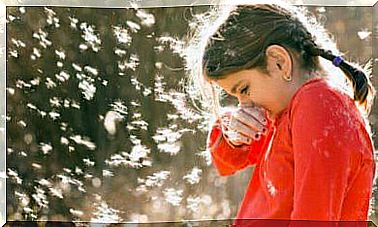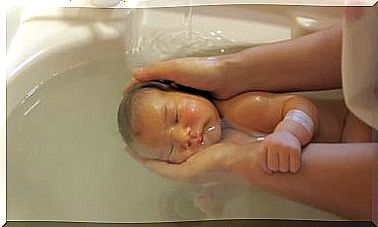Baby’s Navel Hygiene
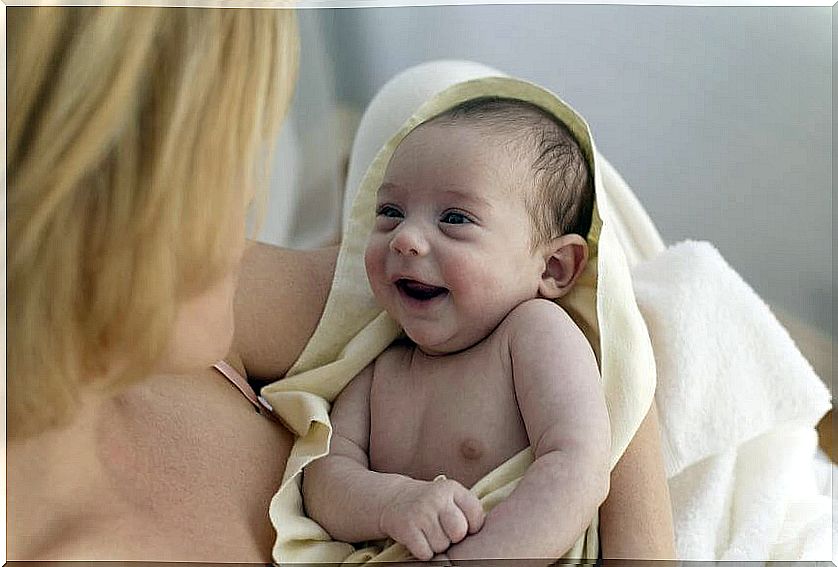
The baby’s navel is one of the regions that cannot be stopped cleaning every day. Although it is important that the newborn is always clean, the umbilical cord must be given special attention. But not everyone takes proper care of that dry tissue that hangs from the baby’s tummy.
In You Are Mom we will talk to you about it.
The umbilical cord
The umbilical cord is basically a cord that connects the fetus to the placenta that protects it, within which it develops. This connection allows the embryo to receive blood rich in oxygen and made up mostly of stem cells, in addition to the food that will sustain it while it remains inside the uterus.
Every time a human being is born and the umbilical cord that connected him to his mother is cut, it is no longer important for the survival of the new human being; However, the stump that remains attached to the belly can create some other setback.
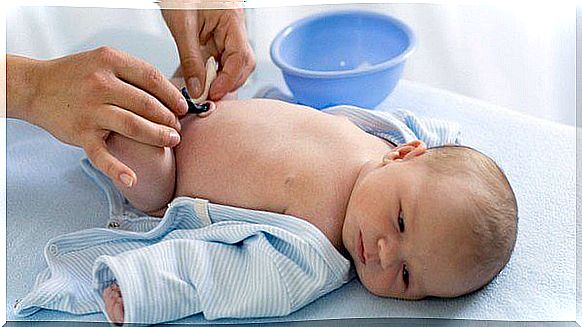
Baby navel conditions
The umbilical stump of some babies dries out and comes off very easily, like a small leaf falling from a tree. After 6 days, these newborns wear a beautiful scar that will forever remind them of the first bond of dependency and love they had with their mother.
It takes around 10 days for the stump of other babies to come off and also results in a dry, clean and well-formed belly button. But there are some belly buttons that take more than 2 weeks to completely dry out and fall off. It all depends on each child.
Problems with the baby’s belly button
Some children’s navels are more chore than others, not only because of the time it takes for them to fall and heal, but because they bring with them some discomforts.
There are occasions, after the umbilical cord has fallen, that the navel of newborns oozes a yellowish substance. If the fluid stops after a few days and the scar looks healthy, there is nothing to worry about, but if the discharge does not disappear, seek medical help because it can be one of the symptoms of an infection.
Infections in the navel of babies are rare, in addition to the symptom that we mentioned there are others that are just as evident:
- Reddish discoloration of the skin around the stump
- Crying or discomfort in the baby when you touch that part
- Fetidity below at the base of the navel
- Fever

Another problem that the umbilical cord can present, although it is less likely, is bleeding. That the belly of your little one lets out a few drops of blood is normal, you should only be alarmed and take it to your pediatrician when the bleeding is continuous because, among other causes, it may be due to a problem with coagulation.
If you have any questions you have regarding your baby’s navel, you should consult your pediatrician.
How should the baby’s navel hygiene be?
The baby’s belly button should stay dry and clean. To achieve this in Eres Mamá we recommend that you keep it uncovered. If your baby’s diaper, or culero (that’s how it is called in some Latin countries) covers the navel, it is recommended that you lower it a little or fold the upper part down.
About twice a day, in the morning and especially after bathing, you should heal the base of the stump. To do this, lift the stump a little so that its detached base is exposed, but do not pull it. You should only lift it by the part that is loose. Make a sterile gauze on your finger or take a toothpick with a cotton tip, dip it in alcohol, and pass it several times over the navel, emphasizing in the most humid places. Then dry the alcohol with another clean swab so that no traces of moisture remain and allow the stump to return to its place.
There are parents who prefer to skip the alcohol step and some specialists recommend it. They consider that it is better to keep the navel sanitized with soap and water and dry it well after this procedure.
The method to choose is up to you.
